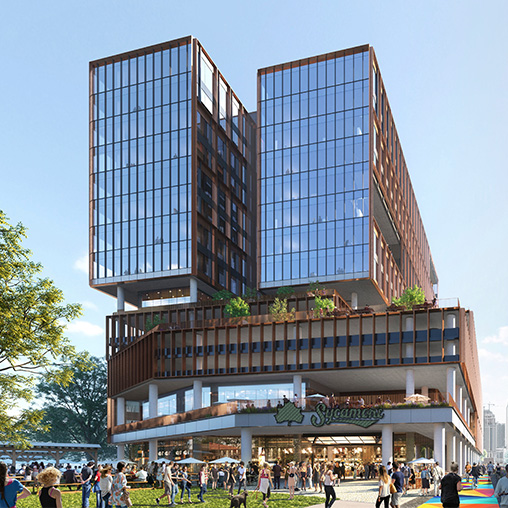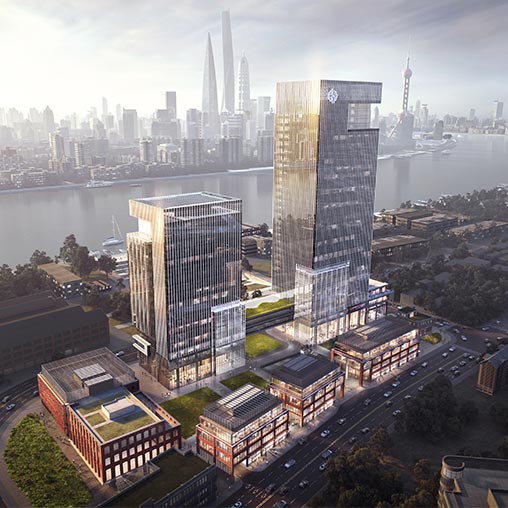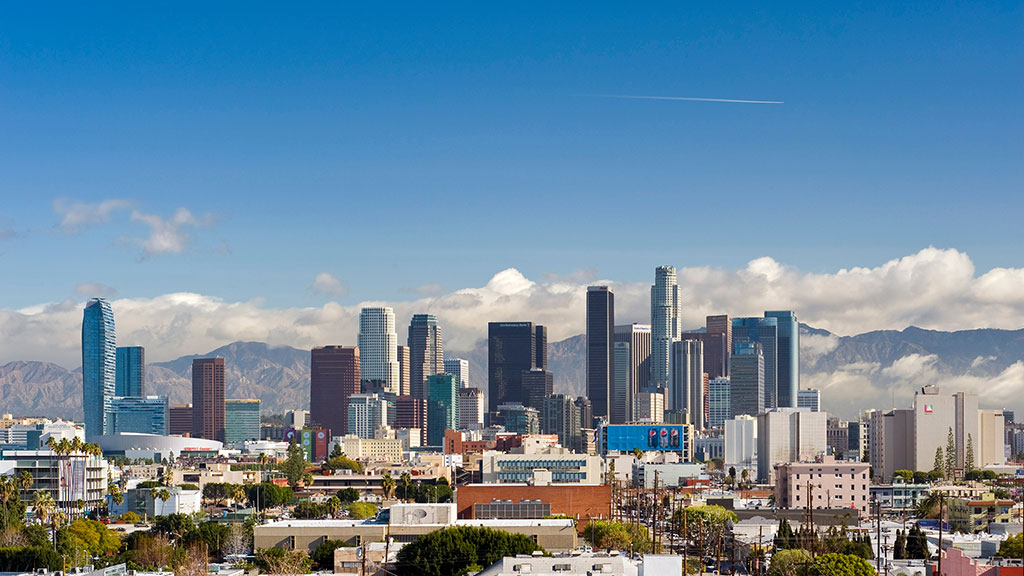Office Developers

2222 Market

Herald Examiner Building

Ideal Tower

Centro West Block Office Building

Capital One McLean Block A

YOFC Headquarters

The Line Charlotte

Springdale Green

Under Armour Global Headquarters

Zhangjiang Twin Towers

Burlingame Point

CCCC Riverside Plaza

Ryan Tower

1229 W Concord Place

Xiamen CGDG New Era Plaza

Entrada

Millenia, Think Campus

Bandwidth Campus

Dalian International Shipping Center

3151 Market Street

400 Channelside

The Central Park

Gateway

Riga Office Building

Fidelity National Information Services Headquarters

Erwin Penland Building

Twenty by Six

2024: The Year of the Intentional Workplace

The Workplace Must Be a Destination, Not an Obligation

Redefining Class A Office Space in Charlotte: A Prototype for Emerging Cities

Gensler’s New San Francisco Office: A Prototype for the Future of Work

10 Workplace Trends for 2024: What’s In and What’s Out?

Open or Private? It’s Time for a New Workplace Model.

The Carbon Footprint of Work

Trends to Watch: How Developers Can Make Buildings More Adaptable, Relevant, and Resilient

Unlocking the Value of ESG

Leading With Values Is Key to Engaging Next-Gen Workers

As New Work Patterns Emerge, the Workplace Must Respond

Amenities at the Edge: Where the Workplace Meets the Street

A Viable Future for L.A. Starts With Public-Private Partnerships

Designing the 2030 Sustainable Office

How to Reposition Office Space for Market Differentiation
Tenants will continue to migrate to high-quality workplaces in vibrant urban communities.
To attract and retain workplace tenants, office developers are adding distinctiveness and personality to their buildings through a mix of new uses, high-quality amenities, and positioning within the city or neighborhood. To meet rising expectations for office buildings, they need to inspire joy and genuine delight to make it compelling for people to invest in their workplace journey.
Long-term sustainability remains a priority for tenants and investors alike.
Regulations are tightening in many cities, requiring more sustainable building practices. For companies aiming for ambitious ESG goals or net zero targets, a high-performing building is all but required. And for investors, a resilient building makes for a sounder investment amidst the uncertainty of a changing climate. Together, these factors present an opportunity for developers of net zero buildings to differentiate themselves and attract high-value tenants.
Adaptability becomes a key design feature for both conversions and new construction.
Office developers are converting class B and C buildings to new uses, which is driving a trend of built-in adaptability for new buildings. Recognizing that an office building may one day need to serve a different function, the choice of building systems becomes more important. Design elements such as floor-to-floor window systems vs. a curtain wall, for example, are desirable for current office tenants and are well-suited to other potential uses.


Darrel Fullbright

Duncan Lyons

Kristopher Stuart

J. Kevin Heinly

The Gensler-Designed Sixth and Guadalupe Skyscraper in Austin is Nearing Completion

Capital One McLean Block A Wins Interior Design’s 2023 Best of Year Award

Gensler Developer Leader Darrel Fullbright Discusses Building “Perpetual Assets”

Ryan Tower Is One of the Largest Office Projects Under Construction in North Texas

Gensler Ranked #1 on Building Design+Construction’s Top 200 Office Building Architecture Firms

Gensler’s Design of CCCC Riverside Plaza is “A Work-Learn-Play-Culture Destination of Tomorrow”

The Lighthouse Wins the 2023 AIA California Design Awards in the Climate Action Category

Chicago Science Lab Features Biophilic Design Principles and Hospitality-Inspired Amenities

Gensler’s Design of Shanghai Tower is “China’s Pinnacle of Modern Architecture and Innovation”

How Autonomous Mobile Robots Will Play a Valuable Role in Future Workspaces

Viettel Group Headquarters Wins the Golden Award at Vietnam’s National Architecture Awards 2023

Gensler and MaRS Designed Block 162, a Community-Minded Office Building in Denver

Lumina 2 Aims To Be an Innovative Lifestyle Hub for Retail, Office, and Entertainment

Sterling Bay’s Mixed-Use Tower at 330 North Green Street Will Rise 503 Feet

Bringing The Vision of Marriott International’s New Headquarters to Life
